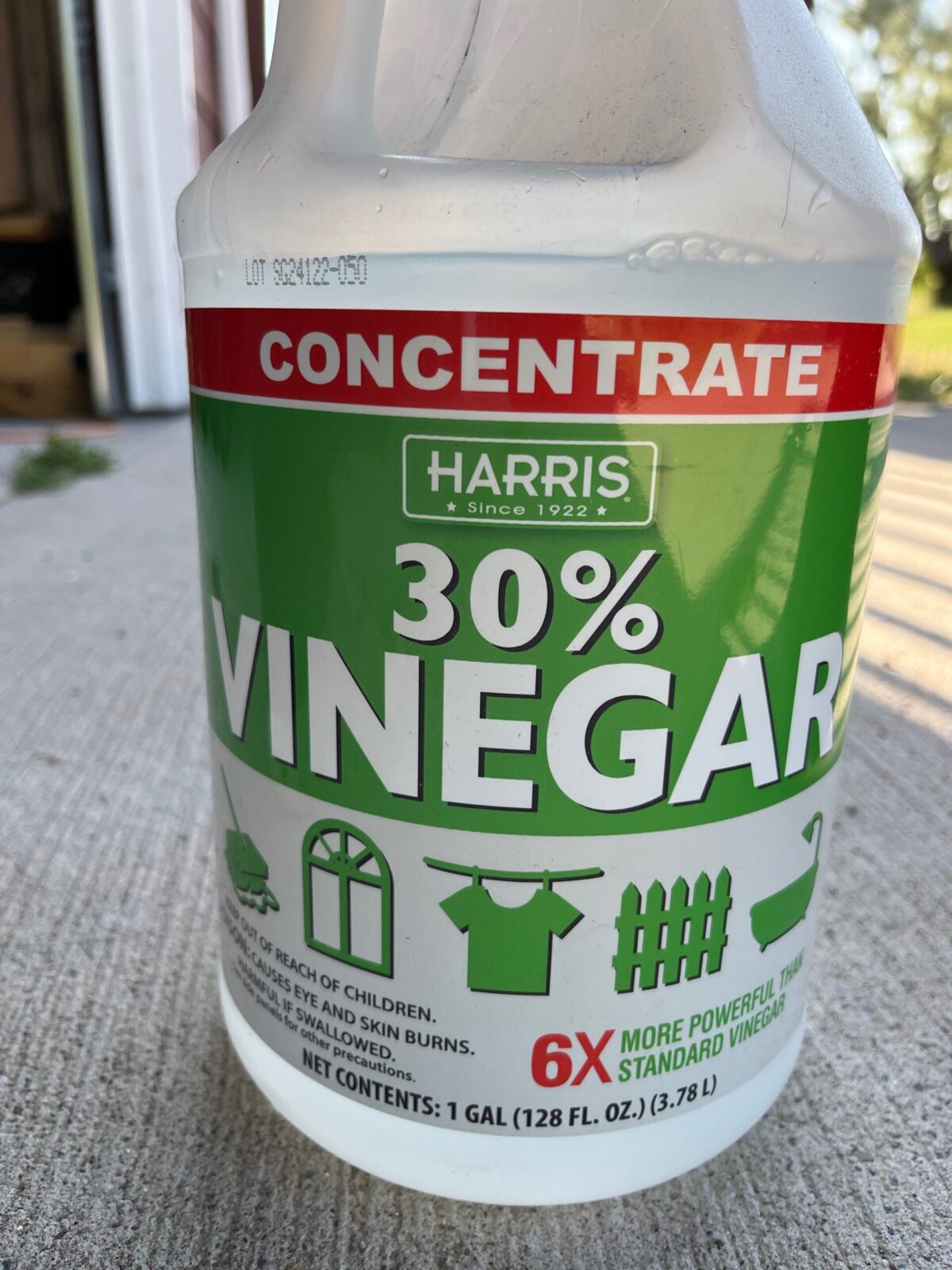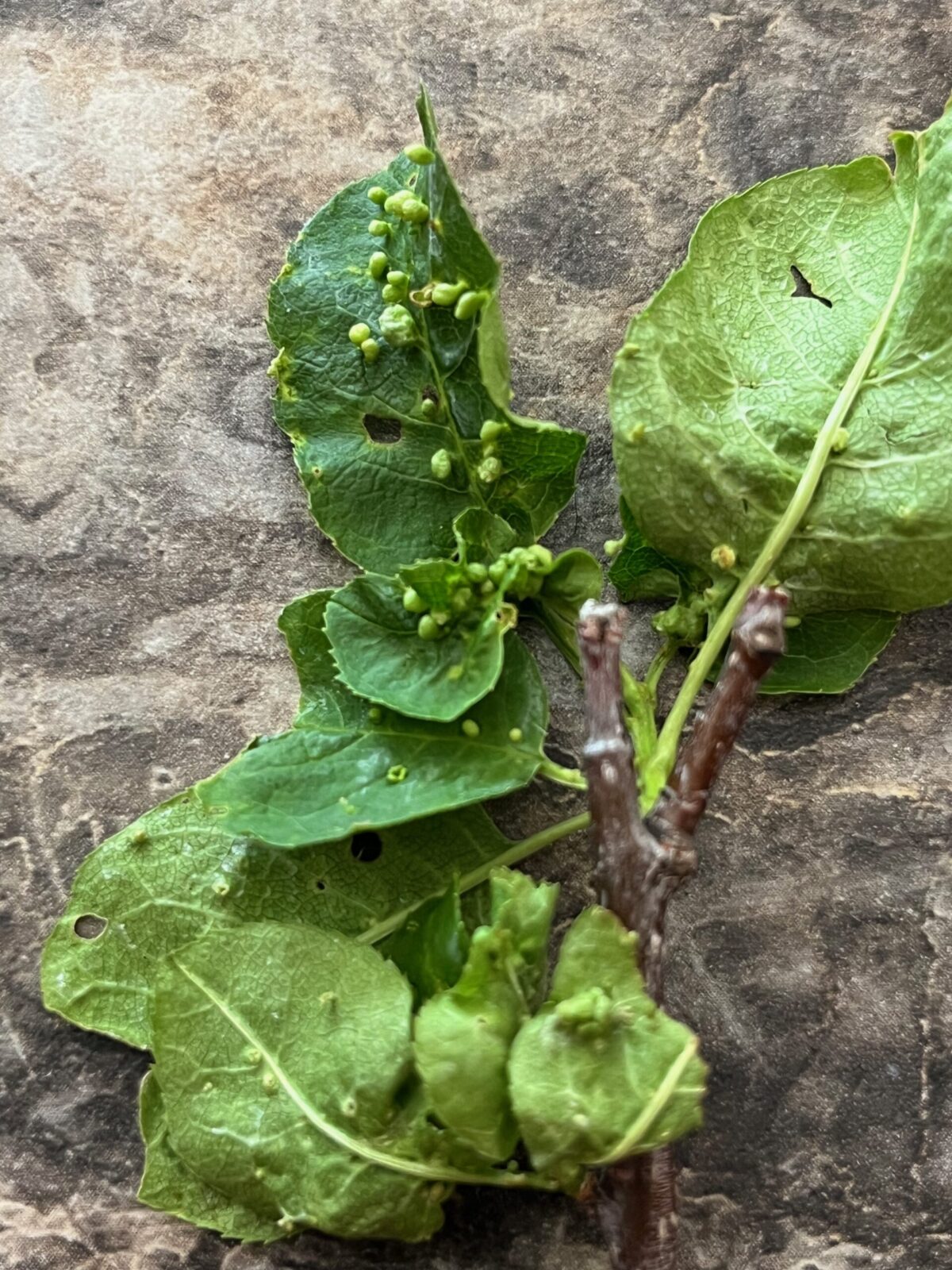How to Tell the Difference Between a Disease or Deficiency
Views: 1197

It’s that time of the year when the garden is often looking really good or a few plants might be heading south. If the plant looks terrible, how do you tell if it’s a disease or a deficiency in plant nutrition?
How to tell if it’s a disease or deficiency?
The challenge with answering this question is many of the symptoms between a disease and a disorder look the same. The plant might exhibit chlorosis, which is a yellowish discoloration frequently due to a lack of iron. It also might be a deficiency in manganese, zinc, and even nitrogen. Even if the pH is out of whack or has too much water, the plant won’t be able to utilize the necessary nutrients and will express its displeasure a turning colors it should not.
If there is necrosis of the leaves potential culprit might actually be an over fertilization of a particular nutrient or nutrients. The key to feeding your plant properly used to have that balance between the macro nutrients like nitrogen, phosphorous, potassium, and calcium, and the micro nutrients, such as zinc and copper. If any of these are wildly out of balance, the plant exhibit symptoms.
How the plant utilizes each of these nutrients also depends on what leaves are affected. If it boron, zinc, or iron, younger leaves typically show the symptoms. For nitrogen, potassium, phosphorous, and magnesium it is more likely appears in older foliage.
Guide to Symptoms of Plant Nutrient Deficiencies
Leaning towards a disease issue
But many diseases can have the same types of symptoms as nutrient issues. The key difference between a disorder and a disease is plants improve when the nutritional aspect is addressed. For example, blossom end rot on tomatoes looks like an infection; however, it is typically an issue with the plant not effectively utilizing calcium. Calcium deficiency is a prime culprit. But so is inconsistent watering. Despite the reason, the tomatoes recover after fixing the problem. This isn’t the case if it’s a disease issue, and one way to determine if it’s a disease or deficiency.
Choosing Disease Resistant Varieties
A key difference is if it is an infection, there is typically more than one symptom. The leaves might be turning yellow, but they’ll often usually have spots or streaking. It’s the same with necrosis. Some of the leaves might be changing to purplish color and curling. You also might have evidence of pest pressure, which increases the odds of a fungal or bacterial infection.
Another thing to consider is whether one plant or several show symptoms. This spring I had five pepper plants in a row, and one just did not look good. Since the others were growing just fine, I didn’t chance it and pulled the unhealthy looking one. At times, it’s difficult to tell if it’s a disease or deficiency, but I decided to be safe.
It takes a bit of practice to reach the point where you were confident whether something is a nutritional issue or a disease. And there will undoubtedly be times where the best course of action is to take a sample to your nearest extension office. Many extension agencies have disease specialist that will determine the cause. Plus, they are terrific in assisting you to balance out your soil to best meet the needs of your plants.
Meet Amy Grisak
Amy is a freelance author and photographer in Great Falls, MT who specializes in gardening, foods, and sustainable agriculture. She provides information on every kind…
Amy's Recent Posts

Grab Vinegar to Eliminate Weeds








